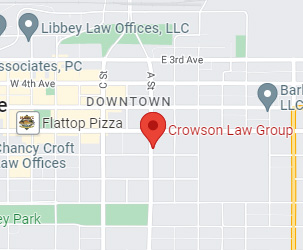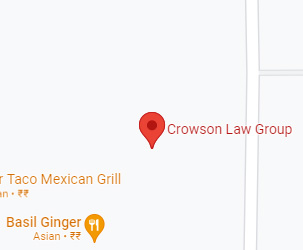Toxic Tort Claims Basics

In our day-to-day lives we may be exposed to some dangerous substances that could result in injury or death. As a result you may be eligible for compensation by way of a toxic tort claim. This article will discuss some basics in respect of toxic tort claims.
According to the Cornell Law School Legal Information Institute [toxic tort | Wex | US Law | LII / Legal Information Institute (cornell.edu)] toxic tort is defined as “a subcategory of torts involving injuries to plaintiffs caused by toxic substances. Such cases are often brought under the doctrine of product liability”. Some dangerous substances that result in the injury or death of individuals include pesticides, pharmaceutical drugs or chemicals. It may be that the products are generally harmful, however, in some cases some products that are thought to have been safe are later determined to be harmful, for example, asbestos. For legal advice and representation in respect of personal injury accident in Anchorage today [https://www.crowsonlaw.com/] related to toxic tort speak to an experienced attorney.
Other issues that result in toxic torts may be the leakage of dangerous chemicals into the ground or air affecting communities. Others include pharmaceutical drugs. More often than not claims for toxic torts are the result of the following:
- Work exposure – industrial workers are often exposed to toxins. Such exposure happens over a very short period of time with exposure to high levels of the toxins or over long periods of time being exposed to low levels of toxins. This is often the case in claims for asbestos or mesothelioma.
- Pharmaceutical drugs – instances have occurred where pharmaceutical drugs result in side effects that are unintended. Some examples of drugs that have attracted toxic tort claims are antidepressants Prozac and heartburn medication Zantac.
- Home exposure – this happens when a person breathes or swallows toxic substances that are found in their home. An example is toxic mold and asbestos.
- Purchased products – at times the products that we buy for use, such as for gardening, can result in unintended illness for the users. This is often the case with regards to pesticides.
In order to succeed in a toxic tort claim it is important that the plaintiff prove three aspects: the
- substance in question was dangerous
- plaintiff suffered exposure to the substance
- substance is what caused harm or injury to the plaintiff
More often than not the defendants in a toxic tort claim are large corporations or companies that can easily flex financial muscle and have hordes of legal representation. In toxic tort claims these attorneys try to poke holes in the case or evidence presented by the plaintiff. Another tactic that they use is to present procedure based differences such as stating the applicability the statute of limitations when bringing forth the toxic tort claim.
When putting forth a toxic tort claim the plaintiff is not limited to one defendant, rather they have the right to sue anyone or everyone that could possibly be linked to the dangerous substance. Some defendants include:
- Distributors and manufacturers of chemicals
- Distributors and manufacturers of machines or devices exposing persons to the chemicals
- Companies that stored these chemicals
- Failed equipment manufacturers
- Premises owners and leasers where the exposure occurred


